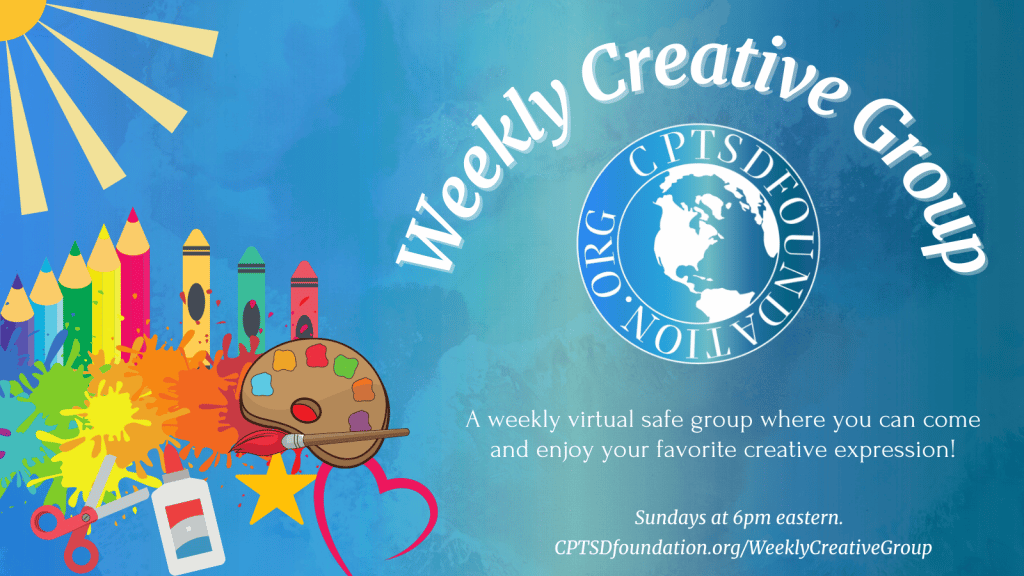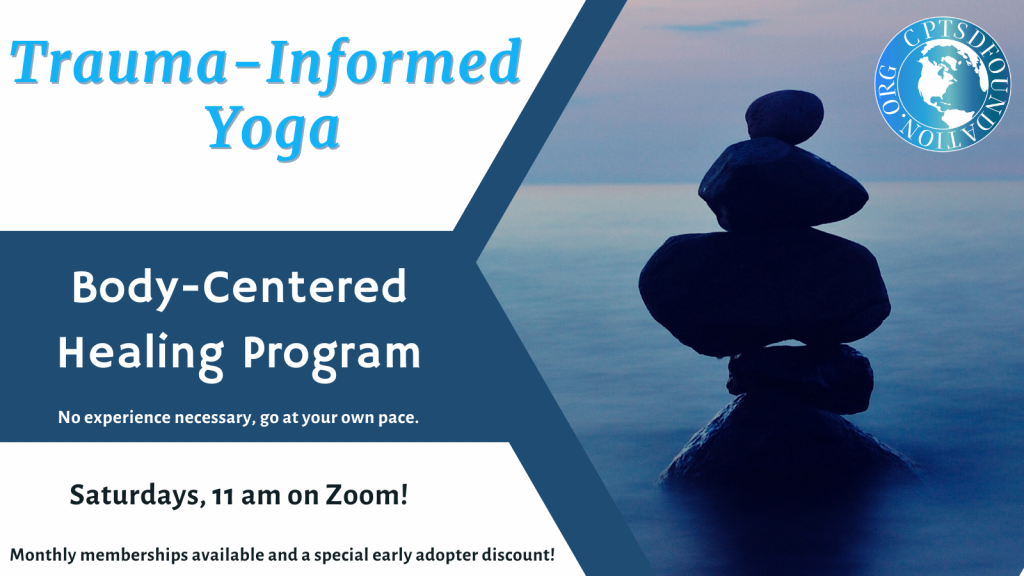My therapist has been a sounding board to my trauma for more than four years, and in that time, she has been my teacher, my listener, observer, my audience, and my inspiration! I am incredibly lucky that I met her and that the connection was organic and natural. It can be very difficult to connect, especially if, like me, you suffer from trust and emotional connection. She and I have found a safe space. I had never had this before. In our sessions, as well as listening and validating me, she also teaches me, and I wanted to share a specific theory that she is also very passionate about.
One such theory, originating from the Drama triangle, provides a framework from which to view interactions with others and the typical human reactions that are intrinsically linked.
The theory was designed by Karpman (1968) and describes human interaction via a trio of destructive interpersonal relationship patterns or characters: Persecutor (villain), Rescuer (hero), and Victim (damsel in distress).
I’m visualizing Rapunzel (victim) being rescued by the prince (hero), who is about to be slayed by the giant dragon (villain). I’m sure there wasn’t a dragon in this story, and I don’t think dinosaurs were around then. It could have been a rabid dog, and in fairness, Rapunzel could as easily use her Smartphone and order a dragon slayer from Amazon, saving the prince from an inconvenience. But we would have lost our hero!
The three key characters in the story can be applied in almost any situation. Take your mind back to a conflict, where you felt surrounded and overwhelmed. It could have been a family argument, or a work disagreement, or an argument about a parking space. All these scenarios can trigger destructive behaviors which are seemingly automatic, according to the theory, each one pushing the other participants into a default character.
What if I told you that awareness is the key to your escape from the drama triangle! The theory is that if we work towards stepping out of the drama, we can find peace. If peace were a shape, it would be a huge love heart, and there would be no sharp edges! The human interactions we encounter don’t always fall into this triangle of drama, but the importance is to recognize potential.
I recently had a total breakdown in the relationship with two of my siblings and for the first time (in my life, I think) I remained silent. My default (trauma) response was to step straight into villain, shouting, berating, and weaponizing my words. Don’t get me wrong, there were many times that this was warranted, and I had to stand up to be heard. However, in doing so, I sacrificed my peace.
Have you heard of the phrase, “choose your battles”?
After four years of therapy, I learned which battles to let go of, ending a cold war with my inner child. My siblings continued battling, but as I stepped away, the triangle started to collapse, losing its sharp, brutal appearance. I watched as my sisters switched from victim (blaming me) to villain (attacking me) as letters came, reporting me to social services, to solicitors, followed by texts, first to me, then, when I remained silent, to my husband, then son, then sister-in-law.
The rule of a triangle is that all the angles combined need to add up to 180. I broke that rule. Equilateral fallout and isosceles chaos over! The triangle eventually crumbled, but I admit, the debris that came after caused wounds, some still raw, others slowly healing. But I am proud, I reacted with intention, I slowed down my innate responses.
I spent years oblivious to my absence of impulse control. I was labelled fiery, angry, hot-headed, and fierce, but I want to take you back, as my therapist has done so many times, to my inner child. Imagine her, five years old, suddenly ripped from her home life, mother and family, taken away for eight months, then to be returned to a household of strange men, alcohol, parties, and violence. That little girl will also show you her fear when placed in an orphanage, locked in her bedroom at night, sharing a bath with the other children, and being scolded for wetting the bed. Can you feel her anger at the world? Can you resonate with the injustice she experienced, the failure of adults and authorities to keep her safe?
That girl was not fierce; she was a warrior; she is not angry. She has anger. Towards the world. And she has the right to feel that way. I now validate her. She was never short-tempered. She was frightened that if she didn’t fight for safety, comfort, and attention, she would be neglected. So, she learned to battle her way through life. This was her survival.
At the age of almost fifty, desperate attempts had been made to force me back into the version of me that allows others to sidetrack their own accountability. If I am the villain in their story, they are the hero. But I’ve closed the last page of that book and taken my story back. My journey was not theirs to judge, to label, to critique. I am slowly understanding that I don’t need to fight to be heard or battle to have my needs met. I can do those things myself.
You may find, as is the case with me, that when you start to heal and grow and forgive yourself of behaviors that no longer serve you, not everyone is ready. Others who are stuck in the drama triangle can only exist if you continue to play their villain. Bravery, accountability, acceptance, and growth are words too big to fit into the triangle.
One of the saddest parts of healing is that you can’t take everyone with you. If, for years, you have been the villain in someone else’s story, how can they be the hero without you? If for years you have been the victim, unable to keep yourself safe, maintain safe boundaries, and suddenly you have built a fortress, they can’t be a rescuer without you. So, you see, growth and healing can isolate you from those you have known all your life. This was the case for me.
But imagine the cold, hard soil after a cruel winter. All life seems to have frozen and died, but just as you start to tire of the bitter winter, a bud springs. Tiny at first, and then rising, like a timid hand, reaching to receive a kiss from the sun. Before you know it, that bud is surrounded by fresh new flowers, all reaching together, petals opening to receive the spring of hope.
I hope this article has resonated and has provoked thought for more reading about the theory of the drama triangle. If you or anyone you know is suffering from mental health issues, or has a crisis requiring support, please ring your NHS GP, or local services, or ring NHS111 to find the number for your local crisis team.
graceewilkinson.com
Grace Wilkinson, RGN, DN, NMP, Msc (Hons) Advanced Clinical Practice
Photo by Priscilla Du Preez 🇨🇦 on Unsplash
Guest Post Disclaimer: Any and all information shared in this guest blog post is intended for educational and informational purposes only. Nothing in this blog post, nor any content on CPTSDfoundation.org, is a supplement for or supersedes the relationship and direction of your medical or mental health providers. Thoughts, ideas, or opinions expressed by the writer of this guest blog post do not necessarily reflect those of CPTSD Foundation. For more information, see our Privacy Policy and Full Disclaimer.





Hi Grace, yes your words resonated deeply. I’m a survivor of sexual abuse and horrific trauma. I escaped my family and moved countries when I was a teenager. I started again with nothing, and by doing that I took myself out of the drama triangle. I haven’t looked back since, but the trauma is still coming back at times. I’ve also had years of therapy. I now write to raise awareness of living with trauma. This is my website: http://www.elizabethwoodsauthor.com
YES to what you’re saying on SO many levels! I especially loved/appreciated this line: “One of the saddest parts of healing is that you can’t take everyone with you.”